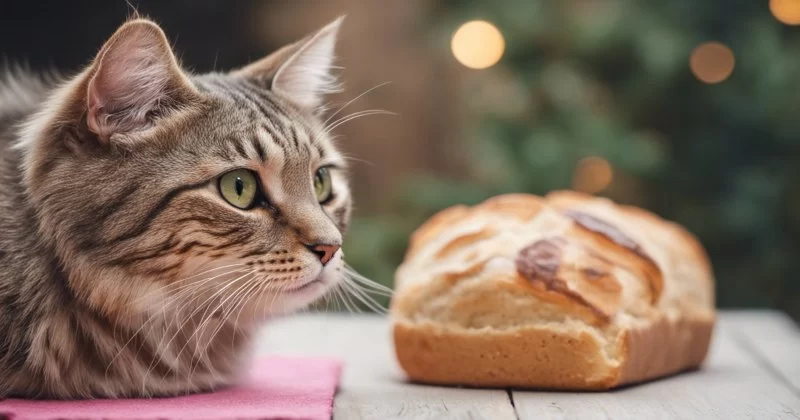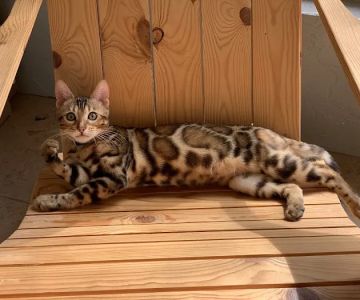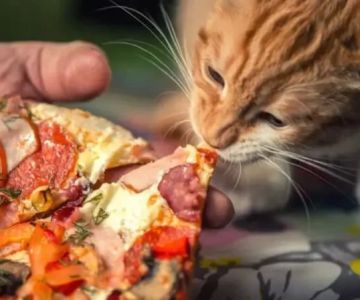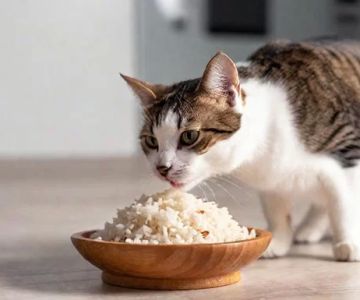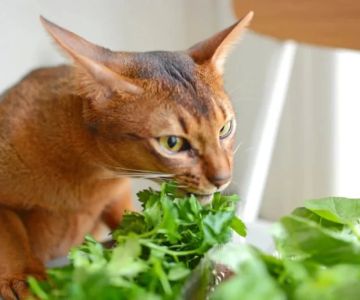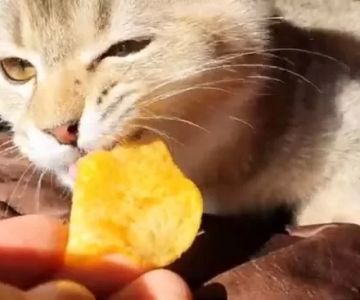- 1 - understanding-cats-and-bread-crusts
- 2 - nutritional-perspective-on-bread
- 3 - potential-risks-of-feeding-bread-crusts
- 4 - real-life-stories-from-pet-owners
- 5 - safe-practices-and-alternatives
- 6 - expert-advice-and-trusted-guidance
Understanding Cats and Bread Crusts
Why owners ask about bread crusts
Many cat owners notice their feline friends sniffing around the kitchen when bread is served. The curiosity leads to the question: can cats eat bread crusts? While it may seem harmless, the answer depends on nutritional needs and potential risks.
Cats are obligate carnivores
Cats require animal-based protein to thrive. Unlike humans, their digestive systems are not designed to process large amounts of carbohydrates. Bread crusts offer little benefit and may even create issues if fed too often.
Nutritional Perspective on Bread
What bread crusts contain
Bread crusts are primarily carbohydrates with trace minerals, but they lack the taurine and essential amino acids that cats require. Feeding bread should never replace a balanced cat diet.
Small amounts may not harm
A tiny nibble of plain bread crust now and then usually will not hurt a healthy cat. The concern arises when bread becomes frequent or contains additives such as garlic, onion, butter, or excessive salt—all toxic to cats.
Potential Risks of Feeding Bread Crusts
Digestive upset
Some cats may experience bloating, gas, or mild diarrhea after eating bread crusts. Sensitive stomachs are more prone to issues, so monitoring is essential.
Weight gain and obesity
Extra calories from bread can add up quickly, especially for indoor cats with limited activity. Even small crusts may contribute to weight gain if given regularly.
Hidden dangers in toppings
If crusts are buttered or seasoned, they may introduce harmful fats or toxic ingredients. Even seemingly mild toppings can cause serious health problems for cats.
Real-Life Stories from Pet Owners
One cat owner shared online how their cat, Oliver, stole a piece of garlic bread crust from the counter. A few hours later, Oliver showed signs of lethargy and vomiting, leading to an emergency vet visit. On the other hand, another pet parent mentioned their cat occasionally nibbled plain toast crust without any issues. These contrasting stories highlight why the question of can cats eat bread crusts requires careful thought and attention to detail.
Safe Practices and Alternatives
Offer bread sparingly
If you choose to let your cat try bread crust, make sure it’s plain and only a tiny piece. Observe your cat afterward for any unusual behavior or digestive upset.
Healthier treats
Instead of bread, opt for veterinarian-approved cat treats or cooked lean meats. These alternatives align better with your cat’s natural dietary needs and provide real nutritional value.
When to avoid completely
Cats with diabetes, obesity, or digestive issues should avoid bread altogether. For them, even small portions may cause setbacks in health management.
Expert Advice and Trusted Guidance
Veterinary perspective
Most veterinarians agree that while bread crusts are not inherently toxic, they provide no nutritional benefits and can pose risks if given frequently. Balanced, species-appropriate diets should always remain the priority.
Where to find reliable support
If you are unsure about whether cats can eat bread crusts safely, consult a professional. At Hidden Brook Veterinary 【 】, you can access trusted guidance, products, and services tailored to your pet’s health. Having expert advice helps you make safe, informed choices for your feline companion.
Ultimately, curiosity may lead cats to bread crusts, but careful moderation, awareness of risks, and reliance on expert recommendations ensure your pet remains safe, healthy, and happy.

